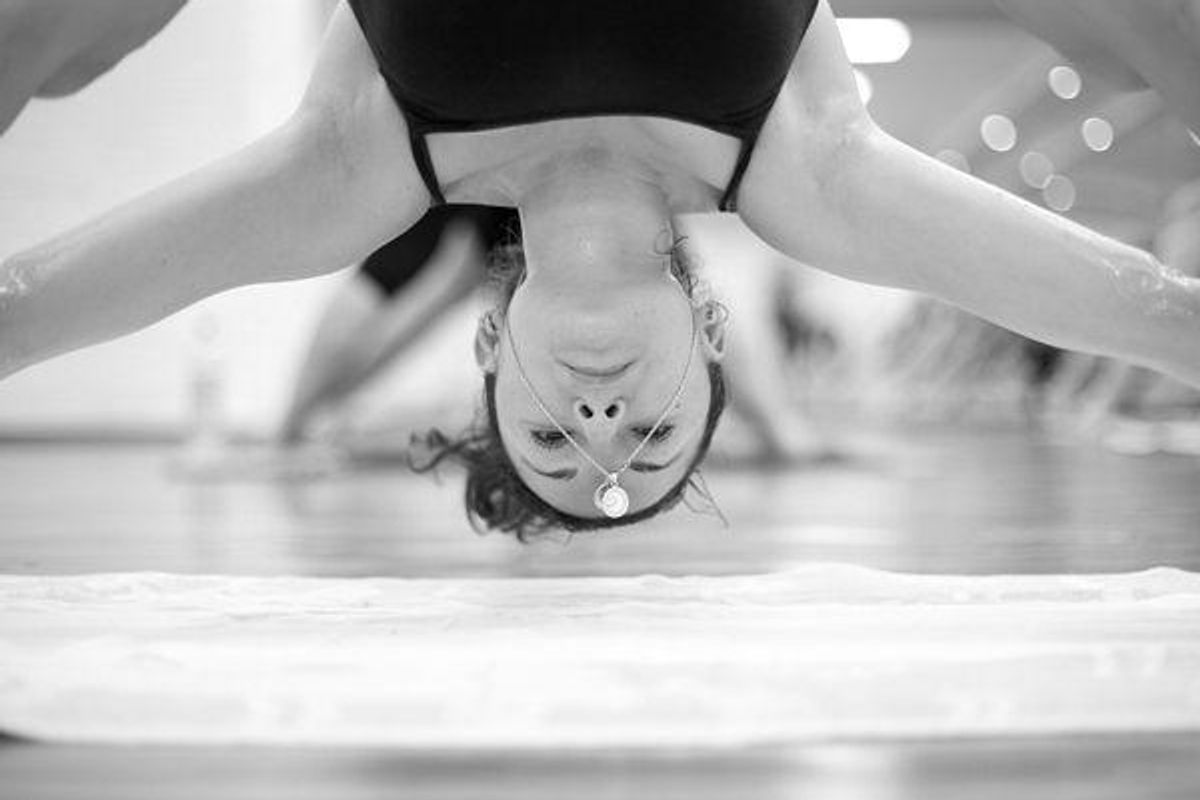Fitness trends mix up our workouts—which is great—but how do we know which ones are worth trying?
Studies show that the best workout is the one you'll stick with. For me, that changes regularly, partly because I get older, but mostly because I get bored. Currently, my weekly routine includes yoga classes, aerobic workouts on an elliptical machine, weight machines, daily dog walks of varying lengths, a long walk with a friend, core work and stretches throughout the workday, and, if weather permits, some gardening.
At various ages and stages, I've also jogged, swum, biked, lifted free weights, played basketball, worked out at a women's gym, played tennis and racquetball, rowed and done hot yoga, aerobics and various forms of dance.
For me, the important part of a successful exercise routine is figuring out what works at my current stage of my life. When I had kids at home, time was of the essence. My workouts often consisted of walking around the fields or neighborhoods while they practiced soccer, with some early morning gym visits for muscle strengthening and socializing.
Scott Weiss, DPT, a licensed physical therapist and board-certified athletic trainer in New York with more than 25 years of experience, offers some insights into what's hot—and what's not so hot—about fitness trends:
High-Intensity Interval Training (HIIT)
These workouts are based on short intervals of high energy. They are known for getting your heart rate high and burning massive amounts of calories in a short time.
Why it's HOT: HIIT increases metabolism. Weiss says it's a great way to burn calories. For weight loss, he suggests you aim to burn 300 to 500 calories per workout session, which is "definitely doable if you stick to a HIIT routine."
Might NOT be so hot: To get the best outcome from HIIT, you need to maintain proper form and keep your work-to-rest ratios consistent. If not, certain muscles may feel too much strain, while others may be ignored. Without an instructor, you may not hit all areas of your body. Weiss suggests mixing up your routines with some functional weight training and balance and flexibility exercises.
Spinning Class
Spinning classes promise high caloric burn and lots of sweat in a 45- to 60-minute class. The sometimes steep prices and required sign-ups can translate to a greater commitment level.
Why it's HOT: Spinning provides both high energy and high caloric burn. Weiss adds, "Spin classes are a great way to get people interested in activities such as real cycling and biking, which are great functional sports that can be done anywhere in the world."
Might NOT be so hot: If you only spin, you could develop muscle imbalances or reach a fitness plateau, leading to a halt in weight-loss. "If cycling is your only form of exercise, you will develop a specific body type with calves and thighs dominating," Weiss says. "Tight abdominals, short hip flexors and a hunched posture is not good if you have a history of lower back pain."
CrossFit
This full-body workout may bring back memories of those calisthenics and sprints you did in gym classes. The "prehistoric" approach to fitness combines body weight exercises with cardio and weights to put your body to the test.
Why it's HOT: CrossFit offers a small-gym culture and the promise that anyone can do it. "CrossFit combines Olympic lifting, acrobatic training, gymnastics, martial arts and functional movements, creating some of the best physical workouts in the world," Weiss says. However, it's crucial to have a good trainer to teach the technique for each movement.
Might NOT be so hot: There are many reports of injuries from CrossFit training because of its high intensity. Most are minor sprains and strains, but there are reports of dislocations and even spinal cord injury. "I usually see one person every few months injured specifically from CrossFit," Weiss says. "In contrast, others I work with have changed their life with CrossFit."
Hot Yoga
Yoga has long been a mainstay in the fitness world, but hot yoga adds a room heated to 100 degrees or more. Participants sweat heavily throughout the class, which often lasts 90 minutes.
Why it's HOT: The room–literally. The increased heat allows muscles, tendons and ligaments to elongate more, so you can assume the postures more easily. Weiss says the sweat allows you to release toxins, which explains the amazing feeling you'll have once it's over.
Might NOT be so hot: Exercising in a 100-degree room can cause discomfort. Feeling dizzy and lightheaded is not uncommon, and the increased elasticity can result in injury if you push yourself too far, Weiss says.







